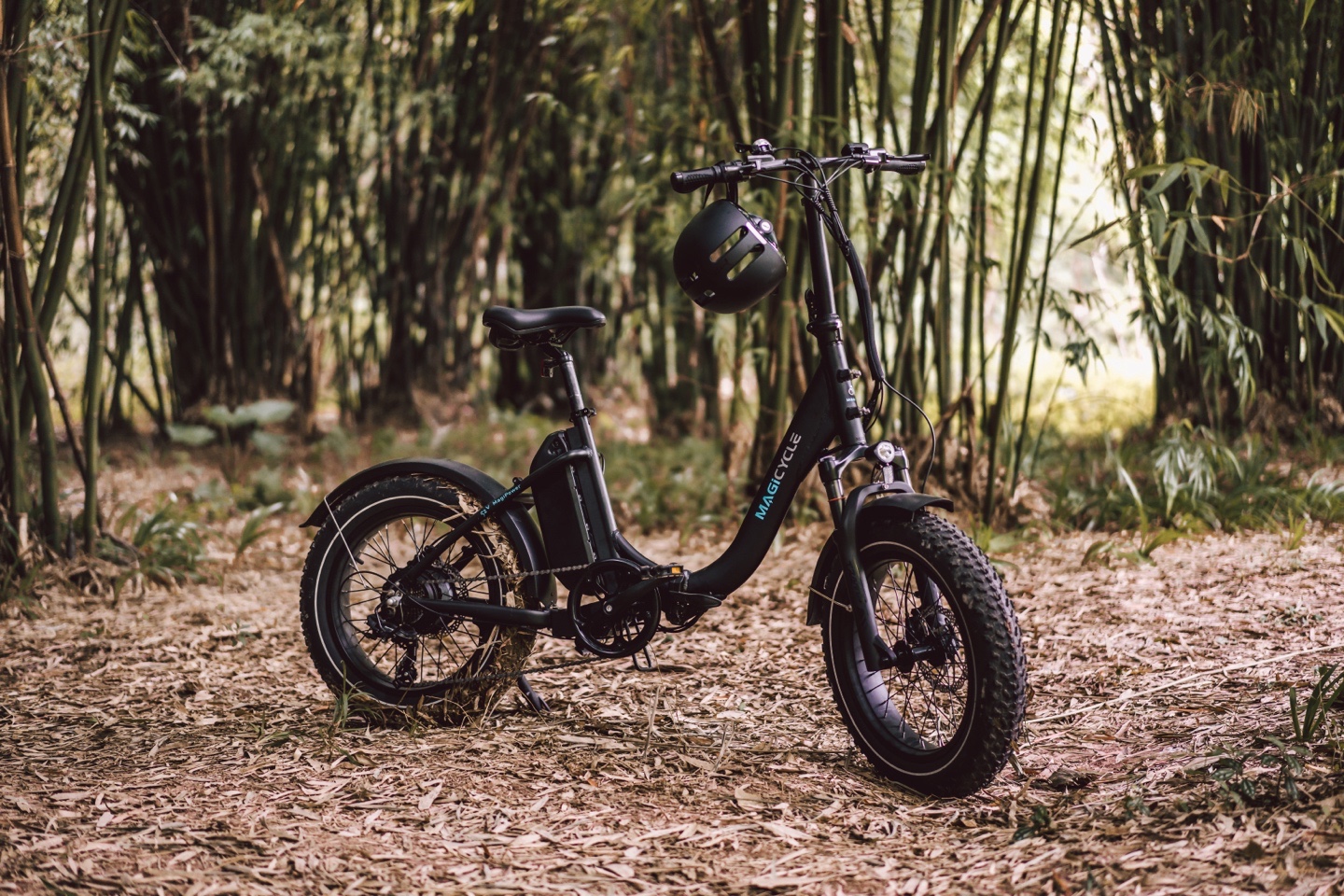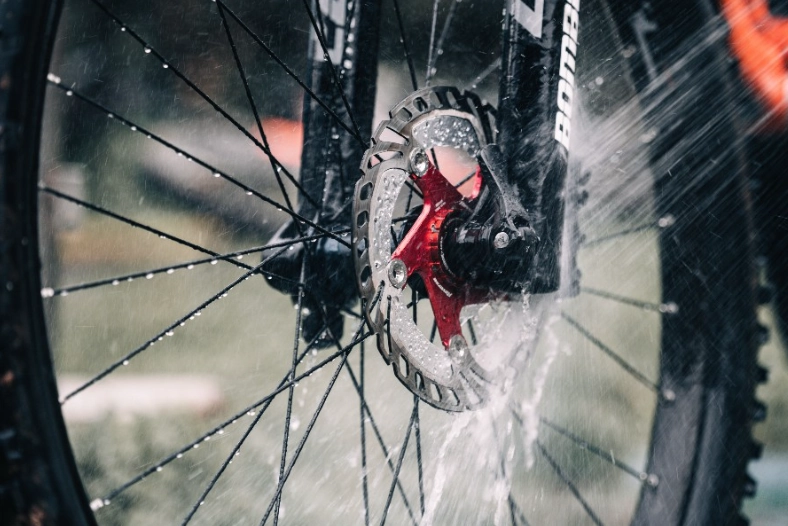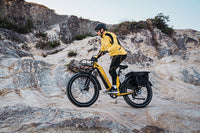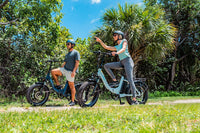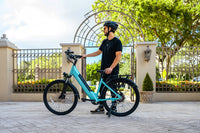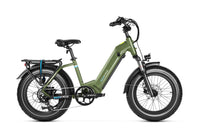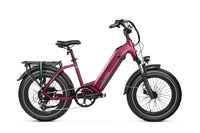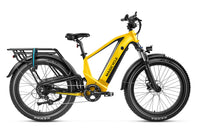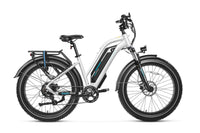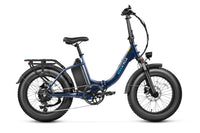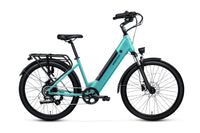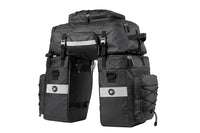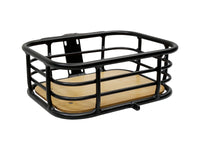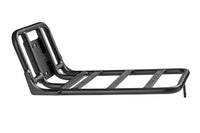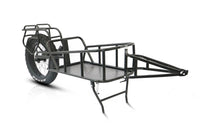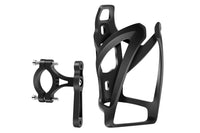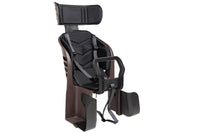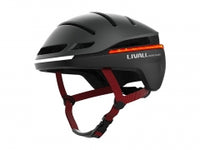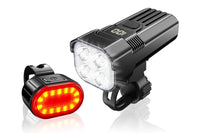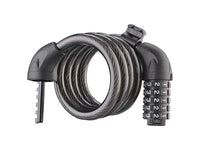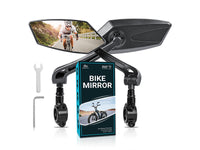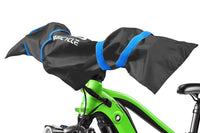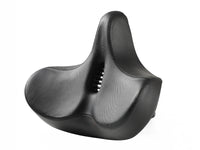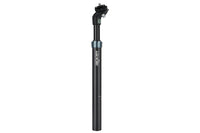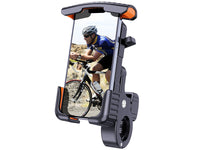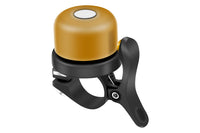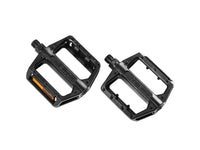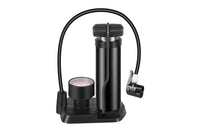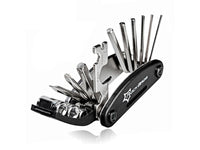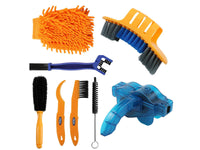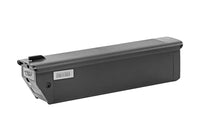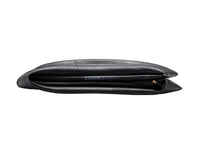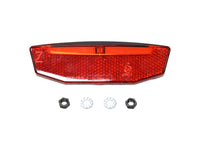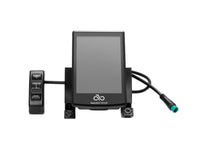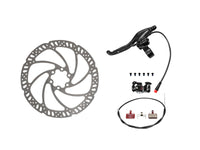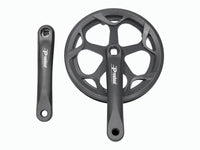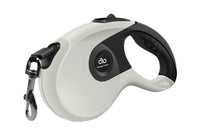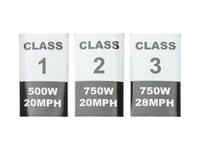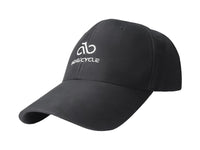Magicycle e-bikes are designed to be used and enjoyed in a variety of climates and conditions. As with any bike, you need to take care of your e-bike to ensure it isn’t damaged by the elements.
Park indoors whenever possible.
If you must park outdoors in rainy or wet conditions, do not do so for an extended period of time, and afterward park in a dry location to allow the bike systems to dry out.
If covering the bike with a tarp during rain, do so only temporarily, and be sure to remove the tarp once the rain has passed to allow moisture and condensation to evaporate.
Properly store your bike.
Store the bike under shelter and in an upright position for best drainage.
Avoid leaving the bike in the rain for extended periods. If exposed to rain, dry your bike afterward, and apply anti-rust treatment to the chain and other unpainted steel surfaces.
Avoid exposure to corrosive substances.
Perform Regular Maintenance
Keep up with maintenance.
When any bike is exposed to wet conditions, it will need a more frequent maintenance schedule to prevent rust and corrosion and to ensure all systems work safely.
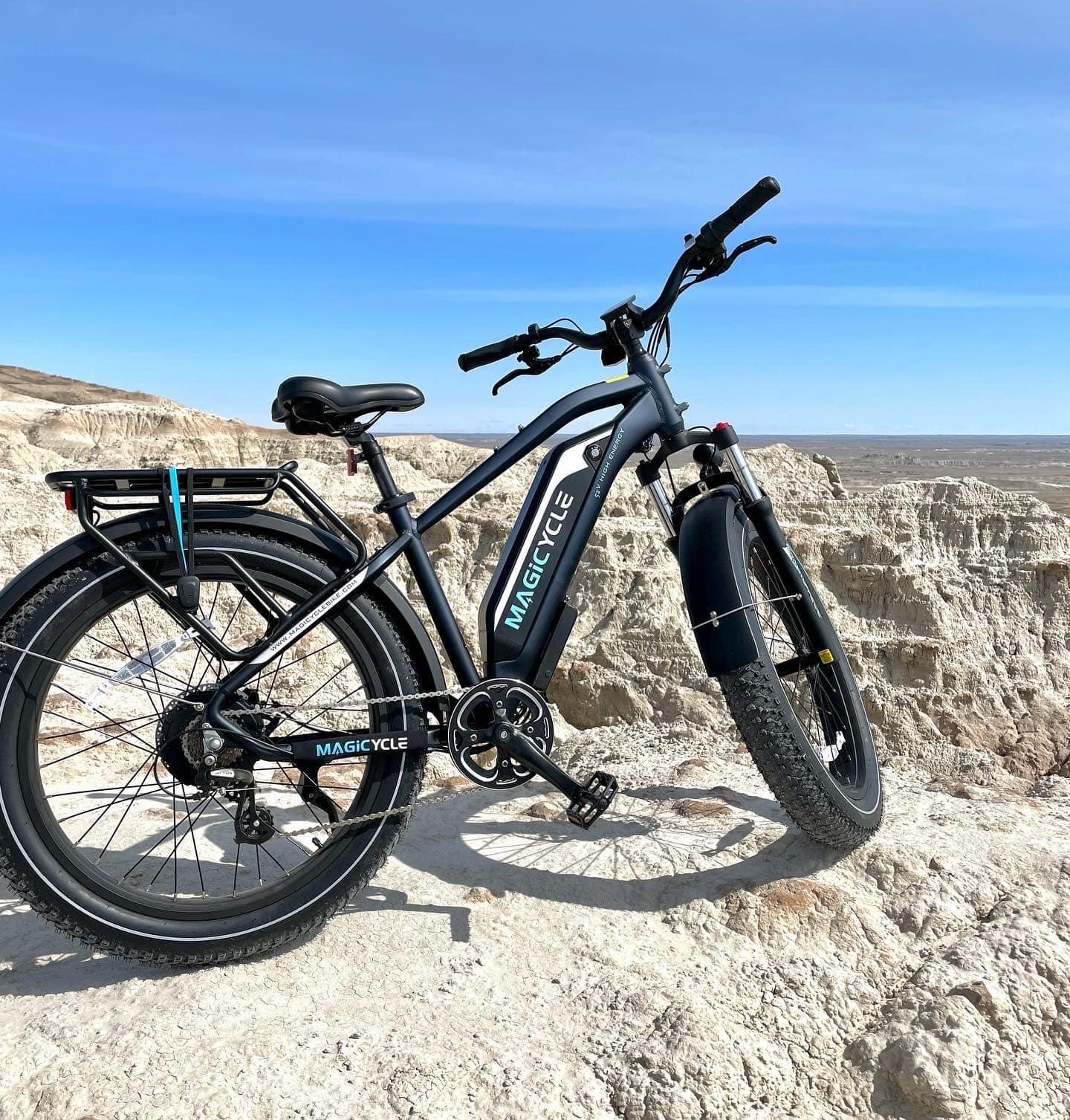
Clean your bike as needed.
To clean your bike, wipe the frame with a damp cloth.
If needed, apply a mild, non-corrosive detergent mixture to the damp cloth and wipe the frame.
Dry by wiping with a clean, dry cloth.
Never use the spray from a hose or a high-pressure washer on your e-bike.
Take a look at our cleaning guide here for more details.
Use touch-up paint on scratches or chips.
Keep the chain clean and lubricated.
Ensure the chain is clean, lubricated, and runs smoothly. Take extra care with chain maintenance if the bike is used in wet, salty, dusty, or otherwise damaging conditions.
Get help from a local, reputable bike shop to determine which chain lubricant ("lube") is best for your local weather and riding conditions.
Avoid Moisture and Salt
Keep your electrical components dry.
Never immerse or submerge the bike or any components in water or liquid. Doing so can damage the electrical system.
Rain is designed to flow off of electrical components from top to bottom, so be sure to keep the bike upright when the bike is wet and while it is drying.
Avoid riding on the beach, in coastal areas, or in areas treated with road salt or deicing compounds.
Doing so exposes your bike to salt (or other chemicals), which is very corrosive. Exposure to salt water or deicing compounds can cause permanent, irreversible damage to electronic components.
If riding in coastal areas or in areas treated with road salt or deicing compounds, wipe down your bike frequently and wipe or spray all unpainted mechanical parts with anti-rust treatment. Damage from corrosion is not covered under warranty.
After riding your e-bike in dirty, sandy, or wet conditions, it is always a good idea to inspect your bike to make sure all components are clear of dirt, debris, and moisture. Before every ride, inspect all components to ensure they are secure and in good condition.
